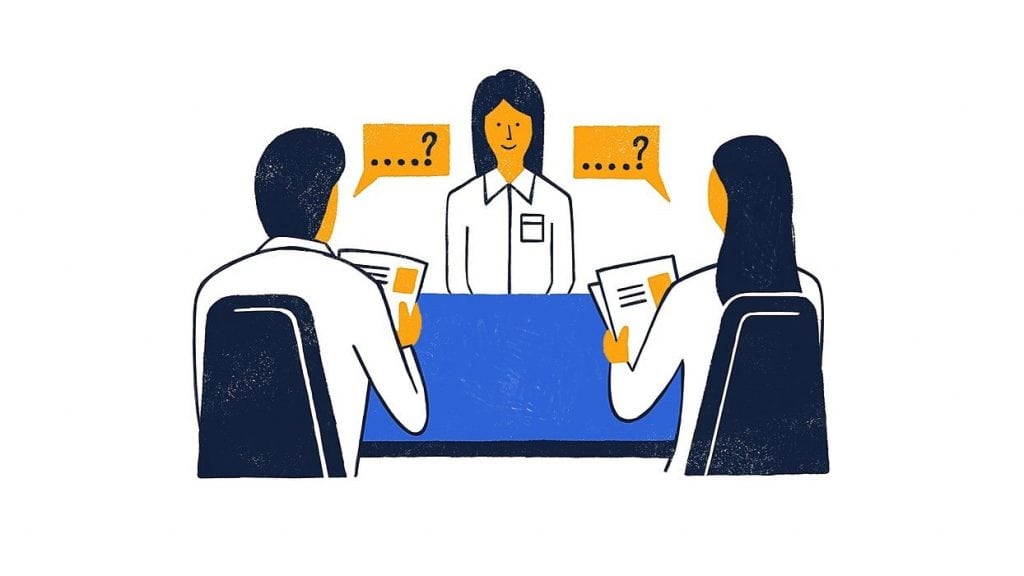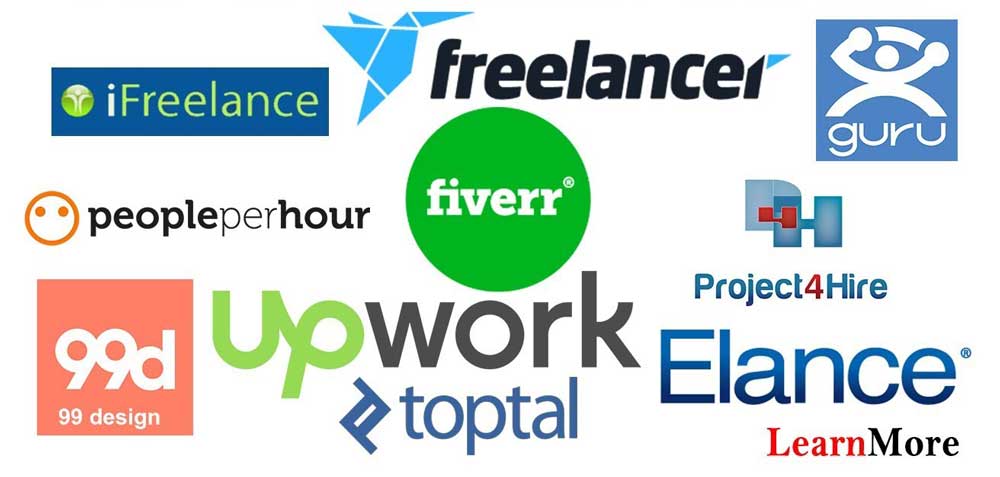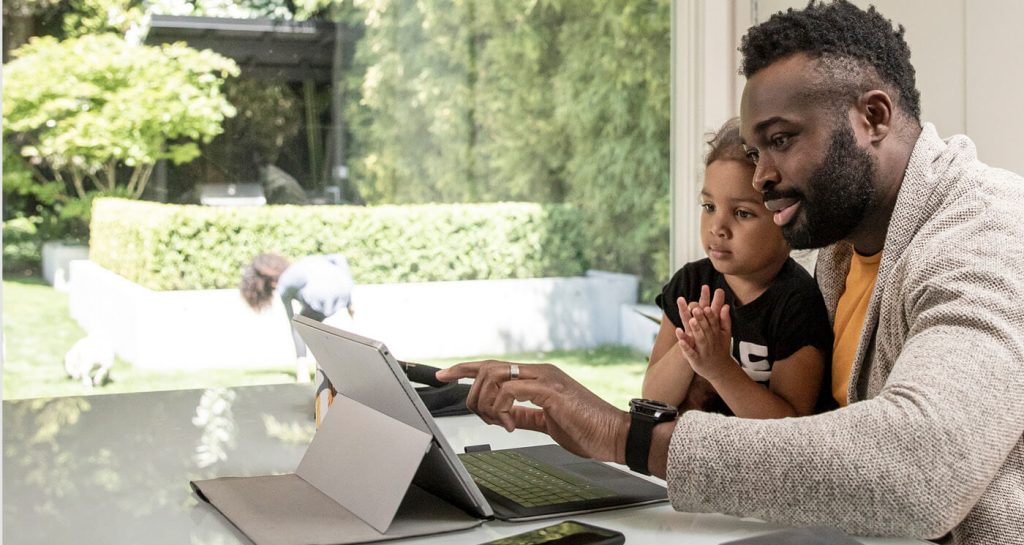Remote Graphic Design Jobs: How to Find and Excel in Them
Are you a graphic designer tired of the daily commute, office politics, and strict schedules? Do you want to work from home or anywhere while showcasing your creativity and skills? Remote graphic design jobs may be the perfect fit for you.
Working remotely has increased recently, and the graphic design industry is not left behind. Remote graphic design jobs allow designers to work for clients and companies from anywhere in the world, collaborate with other creatives remotely, and have a better work-life balance.
However, finding remote graphic design jobs and excelling in them requires a different approach than traditional ones. In this article, we'll explore the various aspects of remote graphic design jobs, including the benefits, challenges, and how to find and excel in them.
Table of Contents
The Benefits of Remote Graphic Design Jobs

Remote graphic design jobs offer numerous benefits for designers. Here are some of the advantages:
Flexibility
Remote graphic design jobs offer designers the flexibility to work from any location, whether from home, a coffee shop, or a co-working space. This flexibility allows designers to balance work and personal life, save time and money on commuting, and work during their most productive hours.
Increased Job Opportunities
Working remotely opens up a world of opportunities for designers. As a remote designer, you can work for clients and companies worldwide, expanding your network and portfolio. Additionally, remote graphic design jobs offer more comprehensive job opportunities, from freelance projects to full-time positions.
Cost Savings
Remote graphic design jobs can save designers money in various ways. For instance, working from home eliminates spending money on transportation, office attire, and meals. Additionally, designers can work from anywhere, allowing them to choose a location with a lower cost of living.
The Challenges of Remote Graphic Design Jobs

While remote graphic design jobs offer numerous benefits, they also have unique challenges. Here are some of the challenges:
Self-discipline
Working remotely requires a high level of self-discipline and motivation. With someone monitoring your work or holding you accountable, getting distracted, procrastinating, or overworking is easy. Therefore, remote graphic designers must create a schedule, set goals, and avoid distractions to be productive.
Communication
Communication is crucial in remote graphic design jobs, especially when working with a team or clients. Remote designers must have excellent communication skills, use the right tools and software, and be available for virtual meetings and collaborations.
Isolation
Remote graphic design jobs can be isolating, especially for designers who enjoy the social aspect of working in an office. Remote designers need to find ways to stay connected with other designers, network, and collaborate with other creatives.
How to Find Remote Graphic Design Jobs

Finding remote graphic design jobs requires a different approach than traditional design jobs. Here are some tips on how to find remote graphic design jobs:
Create an Online Portfolio
In today's digital age, an online portfolio is an indispensable tool for remote graphic designers. It is a digital resume showcasing their skills, experience, and design style to potential clients and employers. With an online portfolio, designers can present their work in a visually appealing and organised manner, making it easier for clients to understand their capabilities and design style.
Creating an online portfolio is a simple process, and various platforms make it easy for designers to showcase their work. Behance and Dribbble are two of the most popular platforms that allow designers to create a free online portfolio. These platforms offer a variety of templates and customisation options that make it easy for designers to create a visually appealing portfolio without any coding knowledge.
Another option is creating a personal website as an online portfolio. This option gives designers more control over their portfolios' design and layout. Designers can use platforms such as WordPress, Squarespace, or Wix to create their websites or hire a designer to create a custom website.
When creating an online portfolio, it's essential to consider the target audience and design it accordingly. The portfolio should be easy to navigate, showcase the designer's best work, and highlight their design style and skills. Designers should also ensure that the portfolio is mobile-friendly since many clients and potential employers view portfolios on their mobile devices.
It's also crucial to regularly update the portfolio with new projects and remove outdated work. A portfolio showcasing outdated work or not being updated for a long time can give potential clients the impression that the designer needs to be actively working or interested in their craft.
In addition to showcasing their work, designers can use their online portfolio to highlight their professional experience, education, and any awards or recognition they have received. This information helps potential clients and employers to understand the designer's background and qualifications.
Join Online Communities
These online communities include social media groups, forums, and channels on platforms such as Facebook, LinkedIn, Slack, and Reddit. Joining relevant online communities allows designers to engage with other members, share their work, and expand their network.
When joining online communities, it's essential to be strategic and join communities that align with your goals and interests. For instance, if you specialise in creating designs for startups, you may want to join groups and communities focused on the startup industry. This will allow you to connect with potential clients and network with other designers with similar interests and goals.
Once you have joined relevant online communities, engaging with other members by participating in discussions, sharing your thoughts, and offering advice is vital. This allows you to establish yourself as an active and knowledgeable community member, making it easier for potential clients to notice your skills and expertise.
Sharing your portfolio and skills is also crucial when networking in online communities. You can share your portfolio by posting links to your website or social media accounts or creating a portfolio showcase post. This allows other community members to see your work and gives potential clients an idea of your skills and design style.
Besides networking and showcasing your skills, online communities offer valuable job opportunities. Many groups and communities have job boards or job listing sections where clients and employers post job opportunities. Being an active member of these communities can increase your chances of finding job opportunities that match your skills and interests.
It's also essential to maintain professionalism when networking in online communities. Avoid spamming members with self-promotion, engage in meaningful discussions, and provide helpful advice and insights. This helps build your credibility and reputation within the community, making attracting potential clients and job opportunities easier.
Use Freelance Platforms

Freelance platforms have become a famous avenue for remote graphic designers to find job opportunities. These platforms offer a range of job opportunities, from short-term projects to long-term partnerships, and provide designers with access to a global network of clients.
Some popular freelance platforms for remote graphic designers include Upwork, Fiverr, Freelancer, 99designs, and Toptal. These platforms allow designers to create profiles, showcase their skills and experience, and apply for relevant projects.
Creating a profile on a freelance platform is an essential step in securing job opportunities. When creating a profile, it's important to highlight your skills and experience, provide a portfolio of your work, and include any relevant certifications or qualifications. A well-crafted profile can help you stand out and increase your chances of securing job opportunities.
When applying for projects on freelance platforms, it's essential to be strategic and only use projects that align with your skills and interests. Applying for every project may seem like a good idea, but it can lead to burnout and a decrease in the quality of your work. It's advisable to apply for projects that match your skills and interests and offer fair compensation for your work.
Besides applying for projects, freelance platforms allow designers to bid for projects. Bidding involves proposing a fee for a project based on the client's requirements. To be successful at bidding, it's essential to understand the client's needs, provide a detailed proposal that outlines your skills and experience, and offer a competitive fee.
Another advantage of freelance platforms is that they offer dispute resolution services in case of conflicts between clients and designers. This helps to ensure that designers are paid fairly for their work and helps to maintain a positive relationship between clients and designers.
Utilise Job Boards
These job boards cater to remote workers and offer job opportunities across different industries and skill levels. Some of the popular remote job boards for graphic designers include Remote.co, We Work Remotely, Working Nomads, and FlexJobs.
Remote job boards allow graphic designers to access more job opportunities than traditional ones. These job boards allow designers to filter job opportunities by industry, location, and job type, making it easier to find relevant job postings.
When using remote job boards, it's essential to regularly check for relevant job postings to increase your chances of securing job opportunities. Some job boards allow designers to set up alerts based on their preferences and receive notifications when appropriate job opportunities become available.
Tailoring your application to the specific job posting when applying for a job on remote job boards is also essential. Each job posting is unique and may require particular skills or experience. It's advisable to read the job posting carefully, understand the client's requirements, and tailor your application to showcase your skills and experience relevant to the job.
In addition to checking remote job boards, graphic designers can utilise their network to find job opportunities. Reach out to former colleagues and clients, attend design conferences, and join local design organisations to expand your network and find exciting job opportunities.
Lastly, it's essential to maintain professionalism when applying for jobs on a remote job board. Ensure your application is well-crafted, showcases your skills and experience, and follows the client's instructions. Respond promptly to client requests and inquiries and maintain a positive and professional attitude throughout the application process.
Network

Networking is one of the most effective ways for remote graphic designers to find job opportunities. By networking with other designers, attending conferences and events, joining design organisations, and connecting with clients and former colleagues, designers can expand their network and find new job opportunities.
Attending design conferences is an excellent way to network with other designers and potential clients. Design conferences bring together designers from different backgrounds and skill levels, providing an opportunity to learn new skills, share ideas, and connect with other professionals in the industry. Attending design conferences allows designers to showcase their skills and learn about recent trends and techniques in the industry, making them more competitive in the job market.
Joining local design organisations is another way to network with other designers and find job opportunities. These organisations provide a platform for designers to connect with other professionals in the industry, share ideas, and learn about new job opportunities. Joining local design organisations also provides designers access to workshops, training sessions, and other resources that can help them develop their skills and stay up-to-date with the latest trends in the industry.
Social media platforms like LinkedIn, Twitter, and Instagram are valuable resources for networking with other designers and potential clients. By joining design communities on social media, designers can connect with other professionals in the industry, showcase their skills, and learn about new job opportunities. Social media platforms allow designers to share their work and promote their skills and expertise to potential clients.
Another effective way to network and find job opportunities is to contact former colleagues and clients. These individuals already know the designer's skills and work ethic, making them valuable resources for referrals and job opportunities. By reaching out to former colleagues and clients, designers can keep their name top-of-mind and increase their chances of receiving job opportunities in the future.
How to Excel in Remote Graphic Design Jobs

Excelling in remote graphic design jobs requires a different approach than traditional design jobs. Here are some tips on how to excel in remote graphic design jobs:
Communication
Communication is crucial in remote graphic design jobs. As a remote designer, you must communicate effectively with clients, team members, and other creatives. Use the right communication tools, such as Slack, Zoom, or email, and be available for virtual meetings and collaborations.
Time Management
Effective time management is crucial in remote graphic design jobs. Create a schedule, set realistic goals, and avoid distractions to stay productive. Use time-tracking tools like Toggl or Harvest to track your work hours and improve your time management skills.
Self-discipline
Self-discipline is essential in remote graphic design jobs. Create a workspace that promotes focus and creativity, avoid distractions such as social media or household chores, and take breaks to prevent burnout. Additionally, set boundaries between work and personal life to maintain a healthy work-life balance.
Continuous Learning
Continuous learning is crucial in excelling in remote graphic design jobs. Keep up with the latest design trends, software updates, and industry news. Attend online design courses, webinars, or conferences to improve your skills and expand your knowledge.
Conclusion
Remote graphic design jobs offer numerous benefits for designers, including flexibility, increased job opportunities, and cost savings. However, they also come with unique challenges like self-discipline, communication, and isolation. To find and excel in remote graphic design jobs, designers must create an online portfolio, join online communities, use freelance platforms and job boards, and network. Additionally, they must communicate effectively, manage their time, practice self-discipline, and continuously learn and improve their skills. Remote graphic designers can build successful and fulfilling careers while working from anywhere by following these tips.
